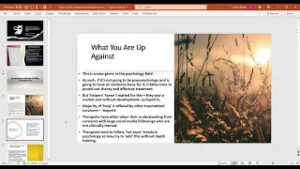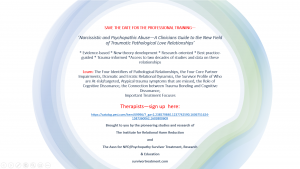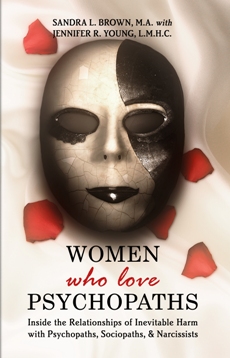By Sandra L. Brown, MA
Problem partners create problems which manifest as problem relationships. These relationships are often referred to as ‘bad relationships, ‘drama,’ or ‘dysfunctional’ when, in fact, often the dynamic at play is a result of what I have coined ‘Pathological Love Relationships.’
These relationships are related to the permanent personality structures and disorder of one (or sometimes both) of the partners. Mislabeled, undiagnosed, or misunderstood, these relationships churn out problems for the partners, their children, their families, and the therapists who try to help them.
Neuroscience has helped us understand some of the brain processes and problems involved especially in Cluster B patients referred to as the ‘Erratic and Dramatic’ disorders. The partners who are challenged by faulty brain processing and negative behaviors often associated with narcissism and anti-social personality disorders and the no conscience disorder of psychopathy make for some pretty lousy relational material.
I refer to this lousy relationship quality as ‘Inevitable harm’ because when someone’s brain processes are hard-wired, and they lack the ability to sustain positive changes through therapy or develop insight about how their negative behavior hurts others, there’s only one way this relationship is going to end up – harmful.
Even the court system now labels these relationships uniquely as ‘High Conflict Cases.’
In our work at the Institute, we have looked at Inevitable Harm related to partners who have problems bigger than what psychology can do for them and:
- The traits of those with chronic personality problems that wreak havoc in the relationship
- The unusual pathological love relationship dynamics specific to these disorders
- The neuroscience about what is wrong with their brain
- The elevated temperament or ‘super traits’ of those who have gotten into relationships with people with this kind of disorder
- The affected language, communication and meaning in these relationships and how it drives the other partner crazy
- Understand why these relationships feel more intense than others
- Realize why break ups are so hard and why they are fraught with ‘Boomerang’ attraction.
Along the way we have reviewed the characteristics in the disorders related to impulsivity, sexual acting out, interpersonal exploitation, low to no empathy, excitement seeking, and conning. And of course, we have also looked at the physical, sexual, emotional, spiritual and financial harm of these emotionally lethal predators and parasites.
Next week we’ll talk in greater detail about the damage they do.
(**If we can support you in your recovery process, please let us know. The Institute is the largest provider of recovery-based services for survivors of pathological love relationships. Information about pathological love relationships is in our award-winning book, Women Who Love Psychopaths, and is also available in our retreats, 1:1s, or phone sessions. See the website for more information.)






